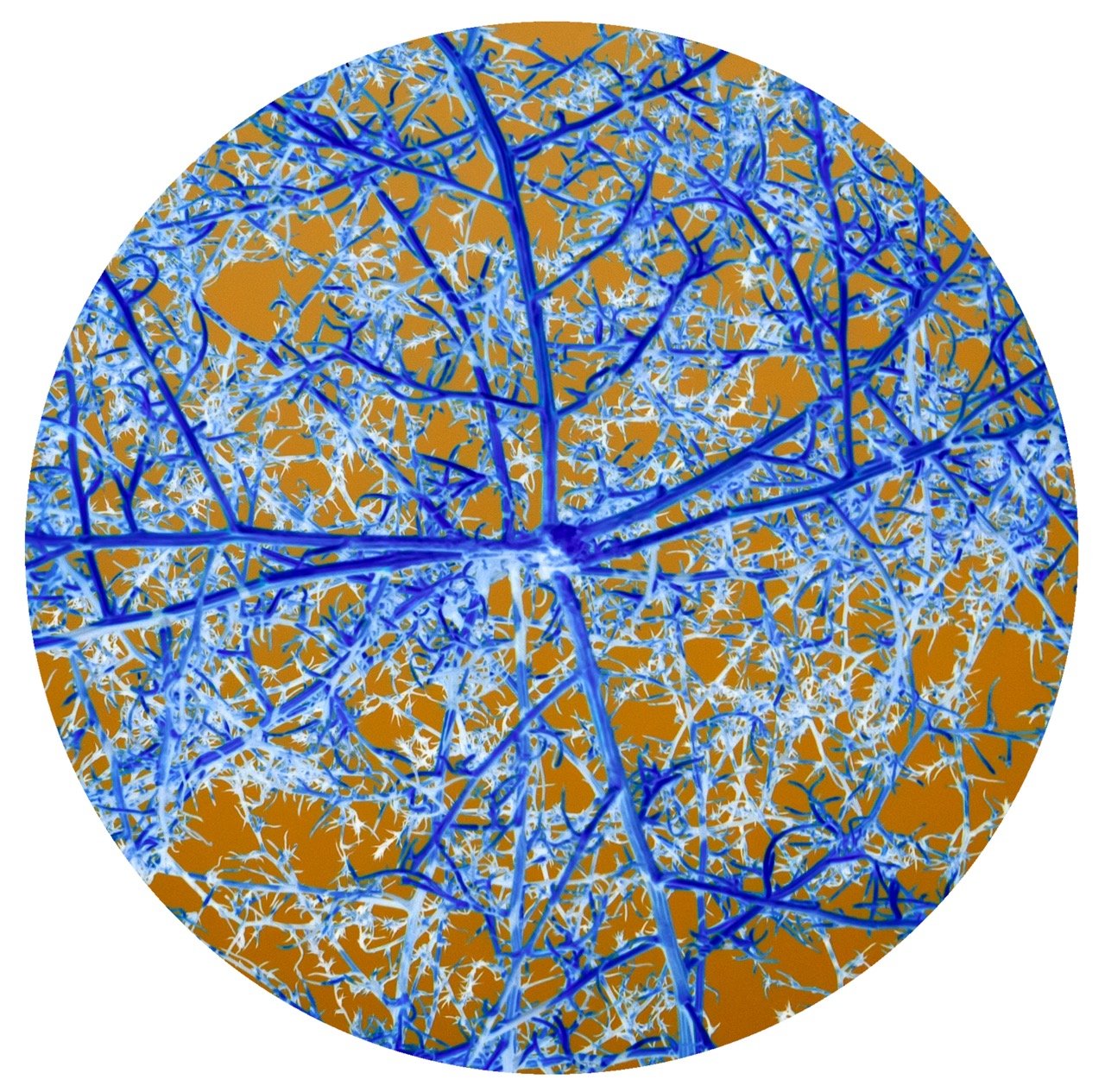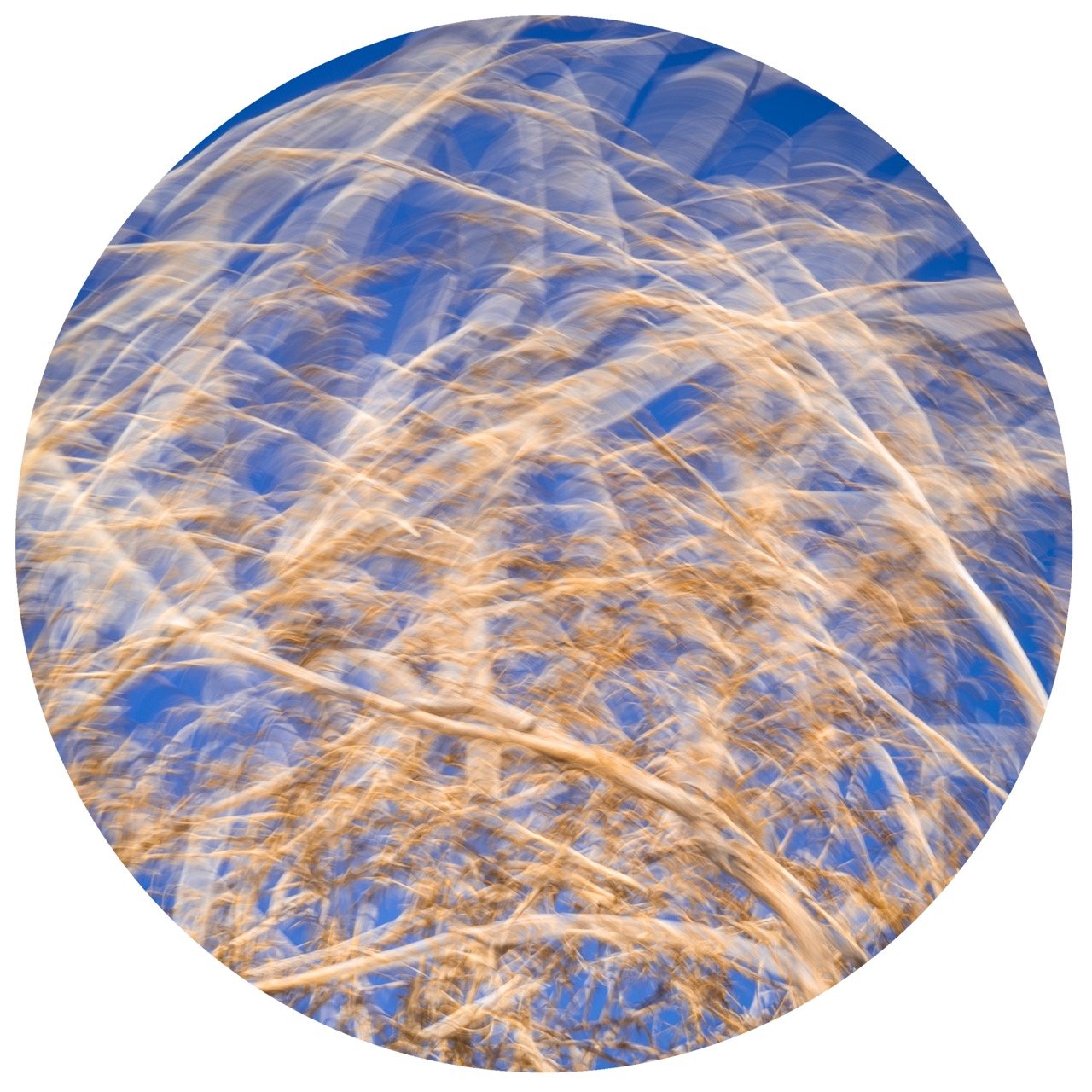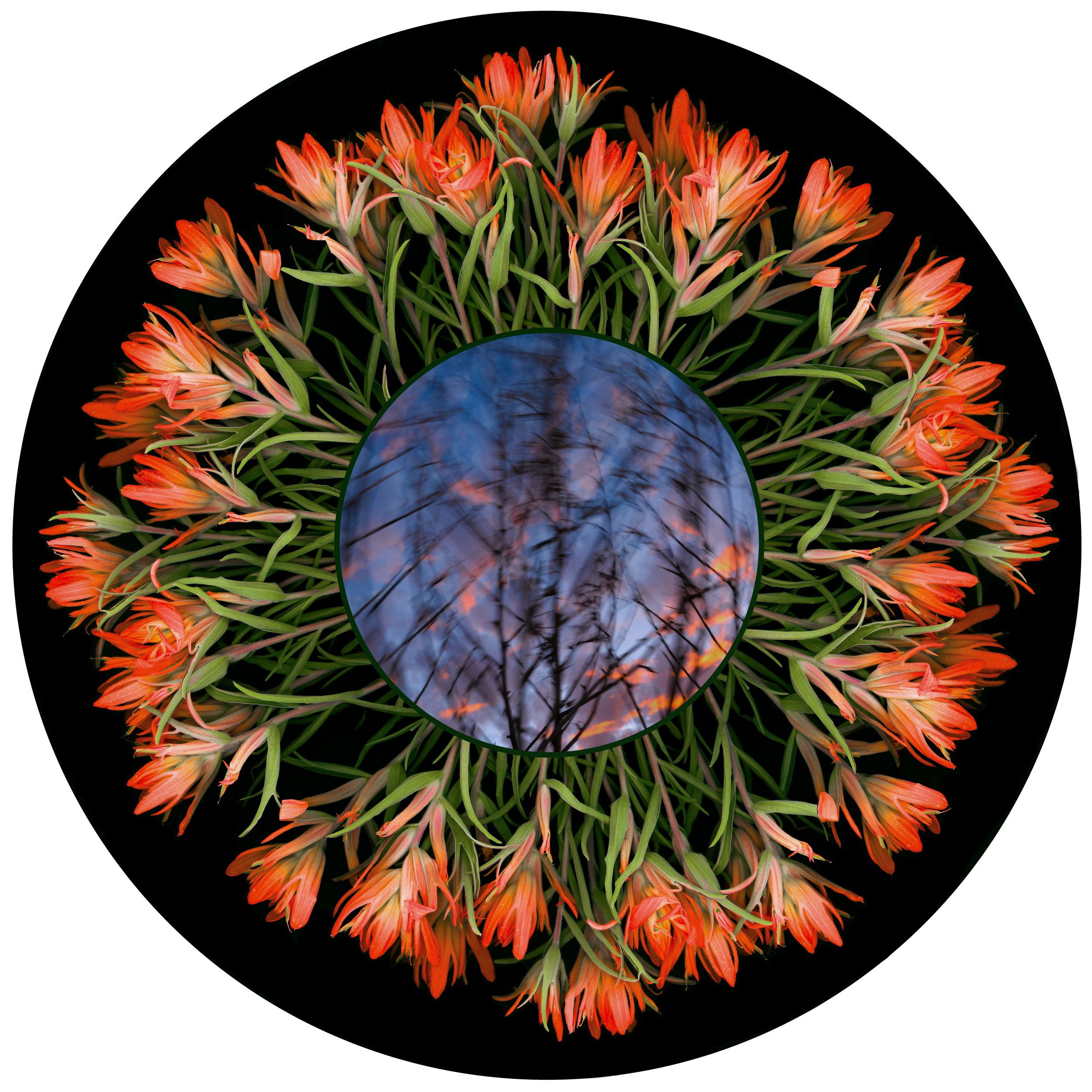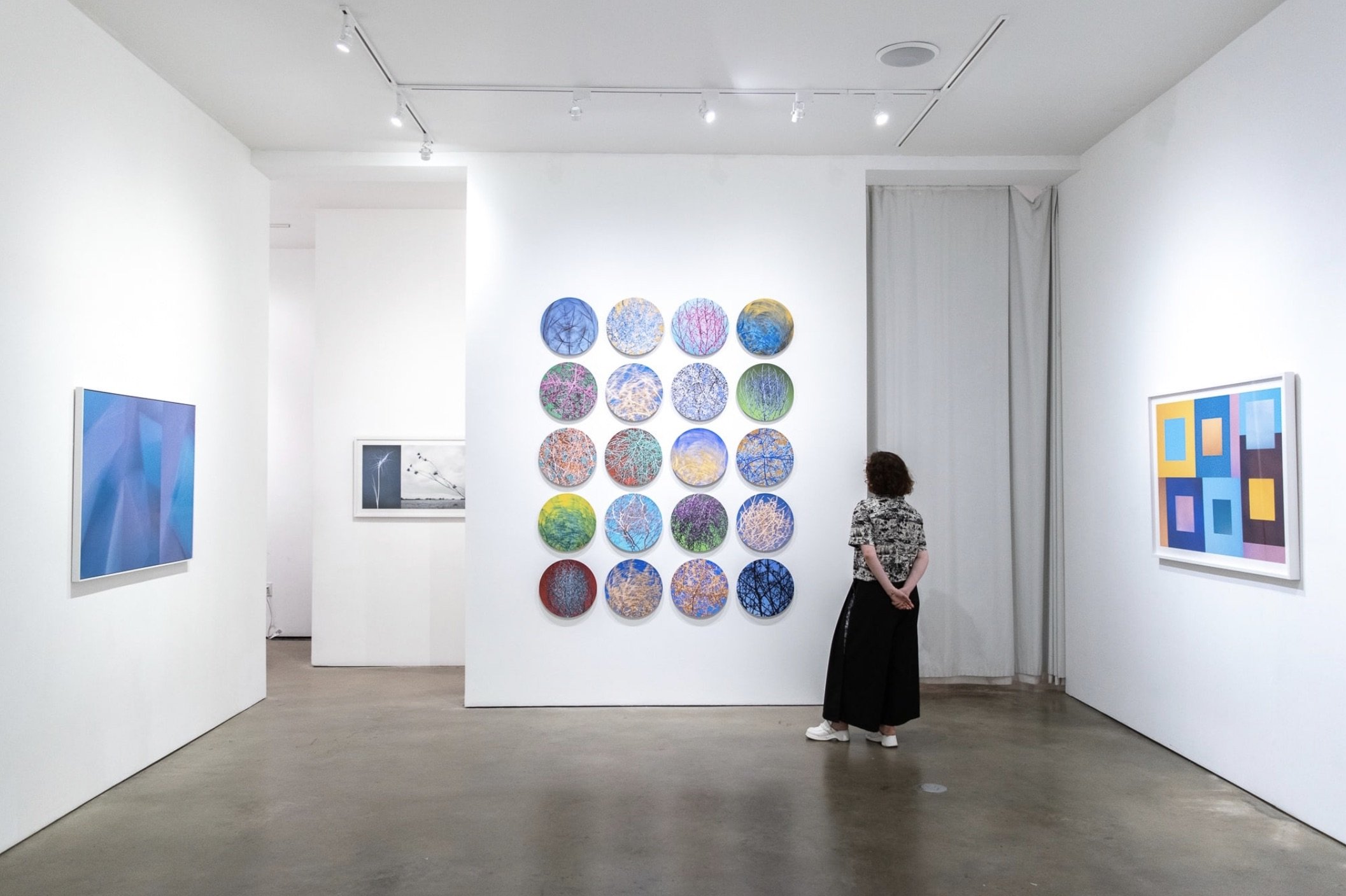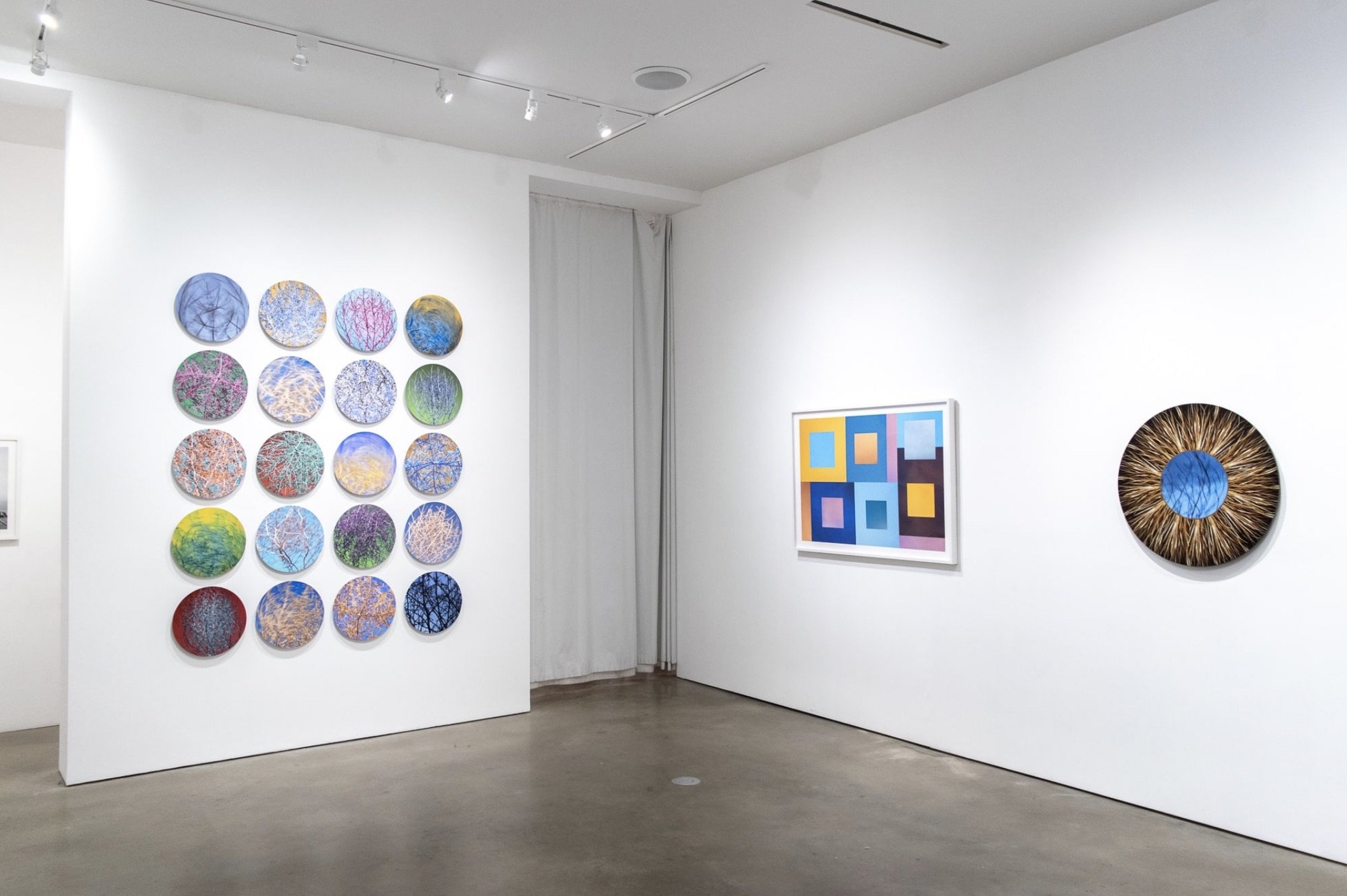Brenda Biondo
Sun To Earth
Koslov Larsen
About
Brenda Biondo is an American artist who uses traditional camera techniques and a formalist aesthetic to explore the perception of atmospheric light and color and their role in landscape construction. Her work emphasizes unconventional contexts to create new ways of looking at common subjects while challenging viewers' perceptions of color and three-dimensional space. Her interest in atmospheric phenomena and other components of the natural world is informed by her degree in journalism and her previous career as a writer specializing in environmental issues.
Brenda's work has been exhibited throughout the country and published in numerous print and online publications, including The Wall Street Journal and The Washington Post. Her photographs are held in multiple private and public collections, including those of the Library of Congress, the Museum of Photographic Arts, the Denver Art Museum, the Center for Creative Photography, and the San Diego Museum of Art. A solo exhibit of her work opened at the San Diego Museum of Art in 2017.
Her first book of photographs, Once Upon a Playground, was published by the University Press of New England in 2014 and is now the subject of a five-year traveling exhibit organized by ExhibitsUSA.
A native New Yorker, she’s lived in Colorado since 1999 and currently divides her time between Manitou Springs, CO, and Marfa, TX.
Exhibition
Koslov Larsen is pleased to present Sun to Earth, the gallery’s third solo presentation by artist Brenda Biondo. Combining several of Biondo’s works, Sun to Earth introduces new ways of looking at common subjects while challenging viewers' perceptions of color and three-dimensional space.
The works explored throughout the show focus on atmospheric phenomena and other transient components of the natural world. Unnatural (Texas Tumbleweeds) and Prairie Wheels study the interconnectedness of humans and flora, inspired by the iconic tumbleweed, an invasive species brought inadvertently to the United States in the 1870s by Eastern European settlers. Influenced heavily by James Turrell’s Skyspaces, Perceptual Skies emphasizes the limitless potential of light as a subject and the subjectivity of perception.
Biondo states, “Using a visual language that deconstructs the sky portion of the landscape helps articulate questions about how we engage with our environment and the emotional and psychological effects natural light has on humans.” The images in the series follow the formal aesthetics of modern painting, particularly minimalism while emphasizing the ambiguity between the real and the reproduced.















